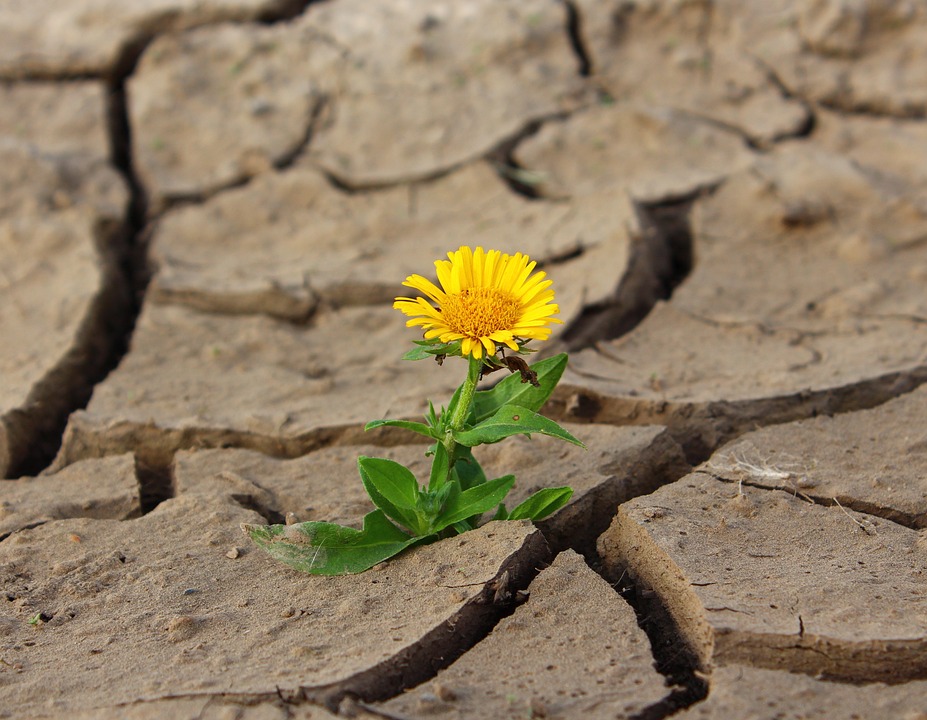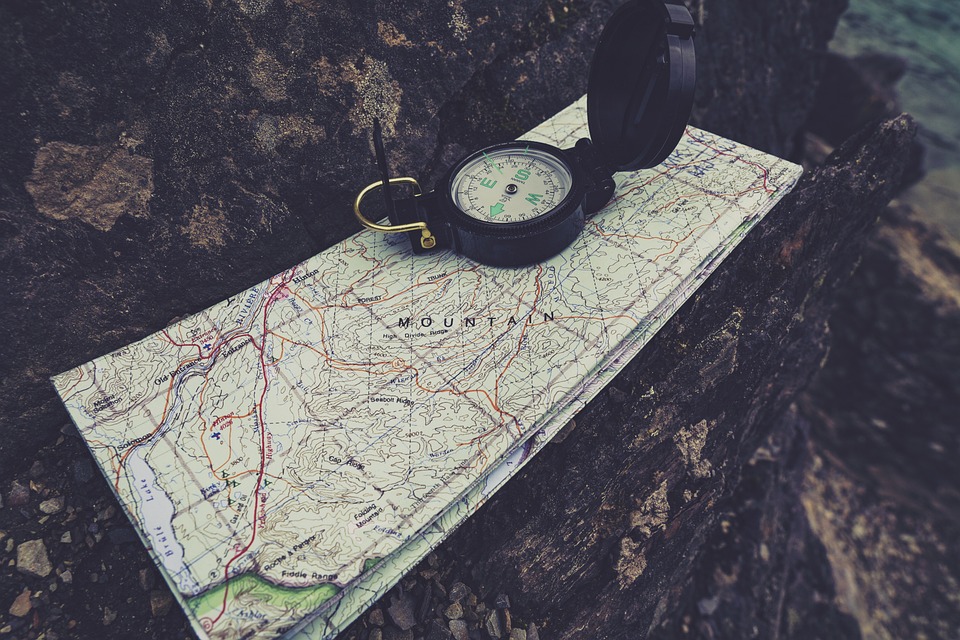Submarine Volcanoes: The Unseen Fire Giants Beneath our Ocean’s Surface
Image: [A captivating underwater image showcasing the smoky plumes and fiery lava of a submarine volcano erupting at the ocean floor]
The Earth is a dynamic and breathing organism that holds many mysteries beneath its surface. One of the most fascinating and least understood of these mysteries are submarine volcanoes. These underwater fire giants sculpt the ocean floor, contribute to the formation of islands, and affect our climate and ecosystems. In this article, we dive deep to learn more about these extraordinary geological wonders.
What are Submarine Volcanoes?
Submarine volcanoes are underwater structures formed by the accumulation of lava, gases, and volcanic deposits emitted from openings in the Earth’s crust. Most of these volcanoes are located beneath ocean waters and are only discovered when they erupt, spewing volcanic ash, steam, and lava into the sea.
Submarine volcanoes can be classified into three types based on their location:
– Hotspot volcanoes: These form over hotspots, where magma rises from Earth’s mantle to create plumes of molten rock. The Hawaiian Islands and Emperor Seamounts are prime examples.
– Mid-Ocean ridge volcanoes: These volcanoes are found along the oceanic ridges stretching across the world’s seafloor. An example is the East Pacific Rise.
– Island arc volcanoes: These occur in areas where tectonic plates collide, and one is forced beneath the other, causing melts to rise and form volcanoes. The Aleutian Islands in Alaska are an example.
How Do Submarine Volcanoes Form?
Formation of submarine volcanoes starts deep beneath the ocean floor. Here, magma rises through the mantle due to convection currents, plate tectonic movement, or hotspots. When this magma reaches the seafloor, it cools rapidly, forming lava that solidifies into new volcanic rock. Over time, the accumulation of this rock-debris and the continuous eruption of lava and other volcanic materials creates a submarine volcano.
Why Are They Important?
Submarine volcanoes play a crucial role in shaping our planet. They create new landforms and habitats for marine life, contributing to biodiversity. They are responsible for the formation of islands and underwater mountains, providing insights into Earth’s geological history. Moreover, they influence climate by releasing large quantities of carbon dioxide and sulfur dioxide into the atmosphere, participating in the natural carbon cycle.
Some Fast Facts about Submarine Volcanoes
– The world’s largest known submarine volcano, Tamu Massif, is located off the coast of Japan and covers approximately 310,000 square kilometers—nearly the size of New Mexico.
– Submarine volcanic activity contributes to the creation of hydrothermal vents, hot spots for unique deep-sea ecosystems with diverse marine life.
– Hawaii’s Kilauea volcano, located underwater, is one of the most active underwater volcanoes globally.
FAQs about Submarine Volcanoes
Q: How deep do submarine volcanoes typically form?
A: Submarine volcanoes form at a range of depths because of their varying locations. They are found anywhere from the shallow ocean floors to depths over 6,000 meters deep in ocean trenches.
Q: Who discovered submarine volcanoes?
A: Evidence of submarine volcanoes has been gathering for centuries. However, the first recorded discovery of a submarine volcano occurred in 1827 British Inventor and Naturalist, Alexander Agassiz, while exploring the Grand Banks of Newfoundland.
Q: Can submarine volcanoes cause tsunamis?
A: Yes, submarine volcanoes can generate tsunamis if their eruptions occur rapidly, causing rapid changes in water column height near the volcano, leading to tsunami propagation.
Q: Do submarine volcanoes support life?
A: Absolutely! Submarine volcanoes create unique habitats, particularly hydrothermal vents, which support a rich and diverse ecosystem devoid of sunlight. These ecosystems rely on chemosynthesis, instead of photosynthesis, for energy production.
Q: Are submarine volcanic eruptions dangerous for humans?
A: In general, submarine volcano eruptions are less dangerous to humans compared to those on land. However, they can pose a risk to underwater activities such as oil drilling and cables. Additionally, if their eruptions occur rapidly, they can generate tsunamis or volcanic ash plumes that could directly affect humans, especially in areas close to coastlines.
The underwater realm of submarine volcanoes remains one of the greatest marvels of our natural world. These teeth-like towers of fire, constantly molding the sea floor beneath our feet, remain both beautiful and mysterious, concealing secrets that our planet continues to reveal with time. The combination of scientific exploration and technological advancement has allowed us to understand and appreciate these unseen fire giants lurking beneath the ocean’s surface a little better. It is our responsibility to continue this fascinating journey of discovery and ensure that future generations can marvel at the wonders that lie out of sight and continue exploring our vast and diverse planet.



